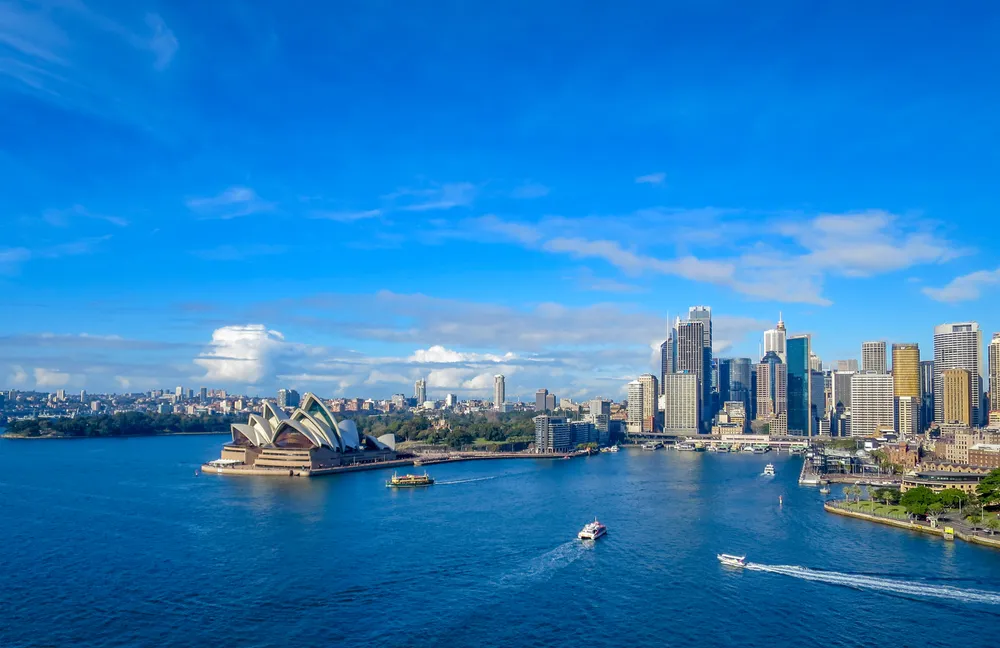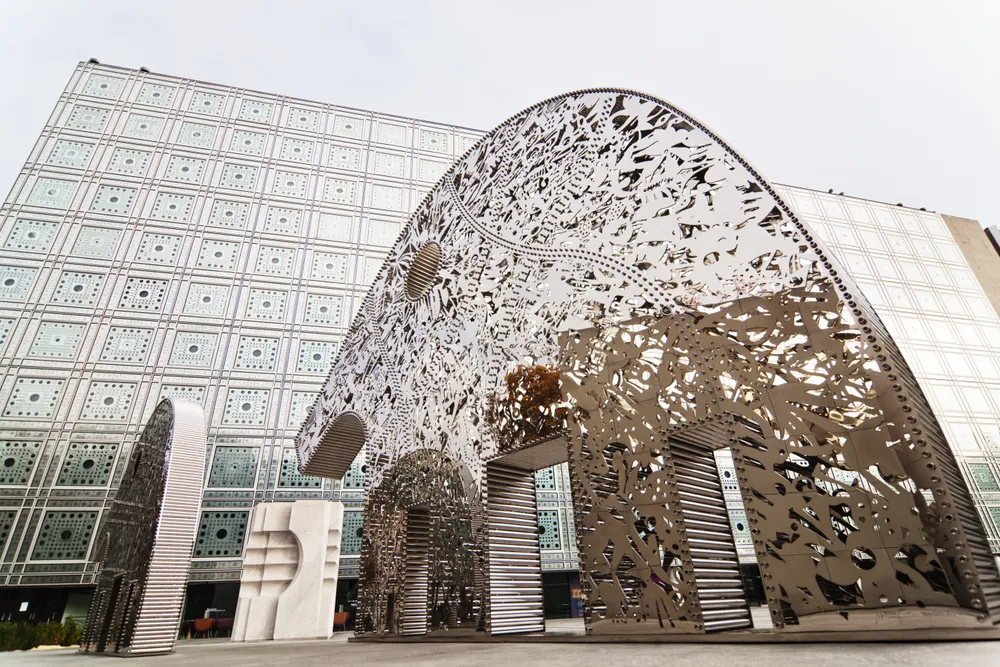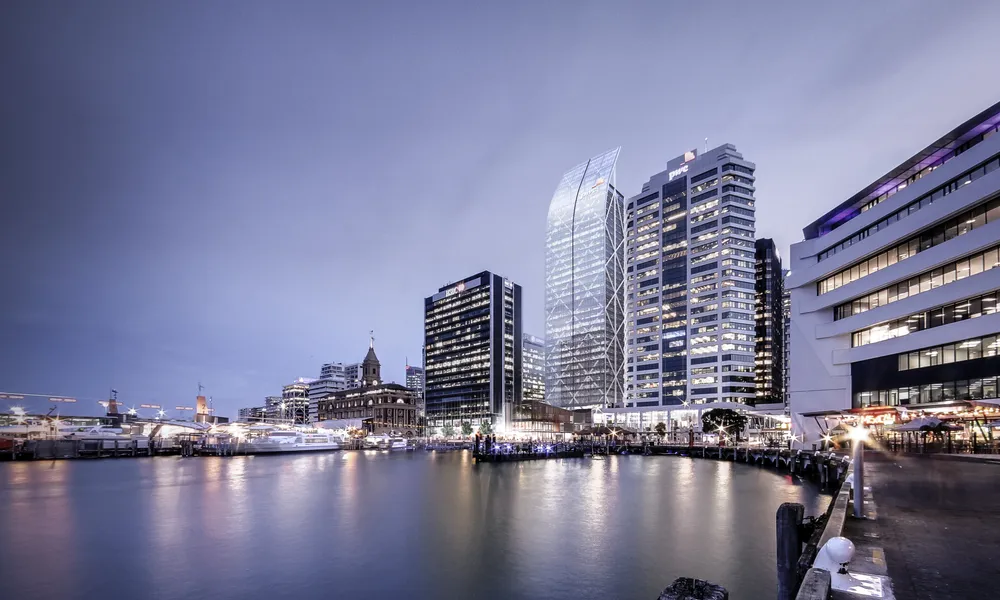NewsPerspectives
Culture, Context, Design


Capturing Identity through design also makes commercial sense in a competitive world. Projects with an authentic ‘identity source’ are more compelling for users, visitors and tenants.
The investigation of identity provides powerful opportunities for designers to capture a project's place on the face of the earth. This is an endless adventure, an incomplete conversation concerning the physical, historical and social footprint made by the human species as it continues to diagnose its own existence.
But there is also a pragmatic reason why clients should be fascinated by identity. Capturing identity through design also makes commercial sense in a competitive world. Projects with an authentic ‘identity source’ are more compelling for users, visitors and tenants. These projects are more successful; they are durable commercially and are more likely to be endorsed as indispensable and inseparable from the fabric of the cities in which they exist. This is important – it really matters – because the best clients want it all; lasting relevance, continued commercial attractiveness and recognised beauty, all at the same time and place.

Future-changing architecture takes on a massive dual responsibility – to be both authentically relevant to the identity of physical and social context while also challenging assumptions on how buildings should ‘behave’ relative to their users.
Transformative projects change the rules of engagement between the use and the user, reformatting existing ideas of identity and in doing so they become ‘famous’ brand ambassadors for the institutions they represent. After all, universities are about changing the future and it’s hard to achieve that with timidity. Future-changing architecture takes on a massive dual responsibility – to be both authentically relevant to the identity of physical and social context while also challenging assumptions on how buildings should ‘behave’ relative to their users. Jean Nouvel’s Institut du Monde Arabe in Paris is both quintessentially Islamic in detail but decisively technical in delivery. It is at once a challenging paradox and a literal translation. The project quite literally takes on the responsibility of rendering ancient identity in new materials. And that’s what makes it confronting, beautiful, sensational thirty years after completion.
Identity as a platform for architecture and design is nothing new. Renzo Piano perfected this in exquisite miniature in New Caledonia’s Jean-Marie Tijibaou Cultural Centre and Cesar Pelli knocked it out of the park at skyscraper scale with his Petronas Towers. But maybe looking at the subject from an Australasian perspective provides a new vantage point. Over the last twenty years northern European architects have delivered exciting new perspectives and projects globally from studios in Copenhagen, Rotterdam and Oslo. The studios of 3XN, Snøhetta, and Schmidt Hammer Lassen, for example, are now carrying out major projects in Australasia. Now, looking through the lens of studios in Auckland, Sydney and Melbourne it will be interesting to see what we find from the southern end of the architectural telescope. It is quite possible that we are able to offer a fresh and exciting interpretation by seeing identity through a new lens, with sensibilities derived from a Pacific edge position.
